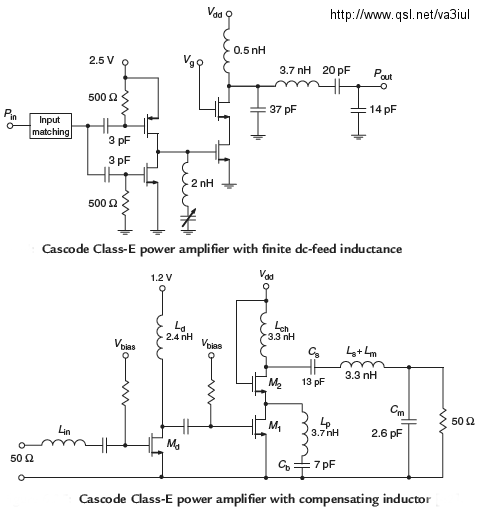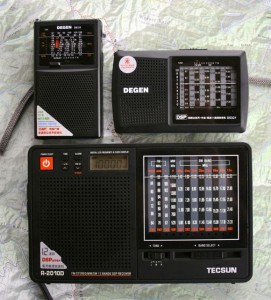Balun al aire relación 1:1
BALUN AL AIRE
Construcción de un balun al aire para un rango de frecuencias entre 3,5 y 30 Mhz.
El balun se un accesorio destinado a acoplarun sistema radiante simétrico, como es un dipolo, con un sistema asimétrico como es el cable coaxial. Este balun está construido en relación 1:1.
Sobre un núcleo en tubo de PVC de 25 mm de diámetro se construye una bobina trifilar de 12 espiras con hilo de cobre esmaltado de 2 mm de diámetro en la forma y modo en que se presenta en el dibujo.
Es importante observar, en la foto del balun, las conexiones de cada bobina y para mayor claridad he preferido dar a cada bobina un color diferente.
En el esquema se aprecian las conexiones y puentes de cada una de las bobinas.









